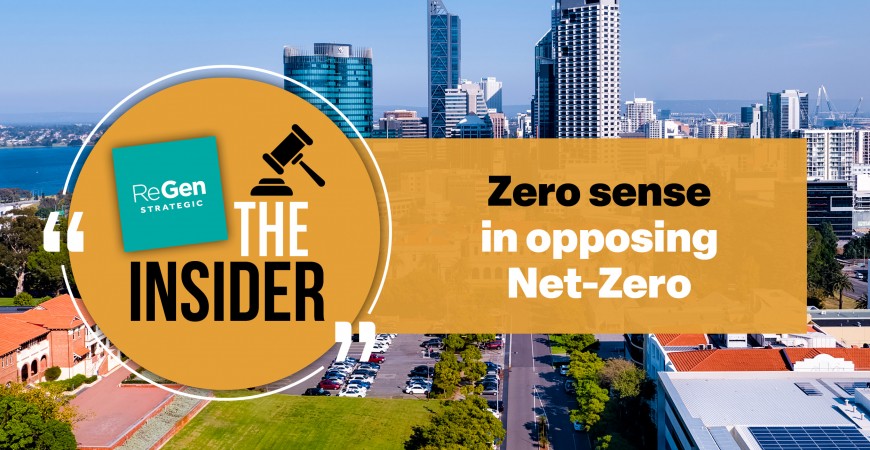Last week provided a perfect example of how detached the political debate on energy can be from reality in Australia.
While Nationals Senator Barnaby Joyce sought to fan a new wave of division amongst the Federal Coalition over net-zero, the CSIRO’s latest GenCost report found that “firmed renewables backed by transmission remain the lowest-cost new form of electricity generation technology”.
It may cause clean energy proponents and advocates to consider the ongoing merit of using net-zero as the primary selling point of the energy transition.
With the discourse around net-zero and energy policy increasingly being weaponised in culture wars and fearmongering narratives surely an attempt to pivot towards the economic rationale of ‘lowest-cost’ would have merit, and would resonate more broadly in an environment that is still extremely sensitive to inflation.
Adjacent to the Canberra bubble, the Clean Energy Council’s Australian Clean Energy Summit was held in Sydney and espoused the benefits and challenges of Australia’s continued energy transition.
The message for policymakers, proponents and community leaders was to avoid ideology, invest for the long-term and lock-in behind an energy mix of low-cost renewables, firmed by storage and backed by gas.
Australia’s enviable endowment of renewable energy resources remains a trump card in a volatile global economy.
Analysis from BloombergNEF has highlighted global investment on the energy transition exceeded US$2 trillion for the first time in 2024, comprised not only of clean energy generation, but also related investments in power grids, electrification of heating systems and transportation.
This has risen from US$314 billion in 2014, when this figure was almost entirely comprised from clean energy generation.
The change in the past decade has been driven from necessary changes to electricity grids and transport, driving an almost exponential increase in total investment.
The trillion dollar per annum investment in how energy is moved indicates the scale of sunk costs that are being committed to globally, including in Australia.
This investment in fixed infrastructure, shipping fleets and electrified transport will generate a rate of return with a long payback period, as a trade-off for steady, uninterrupted income streams.
It is not being reversed, irrespective of what culture wars or internal partyroom motions are being pursued in Canberra.
As ReGen Strategic has cited previously, the challenge for the mass rollout of generation, storage and transmission projects, alongside the technical requirements, will be to garner the support and endorsement from impacted communities.
Ultimately, the shift to a renewable-powered economy is already well underway, evidenced by data, fuelled by investment and set in motion by global momentum.
For decision-makers and proponents, the path forward is both a once-in-a-generation opportunity and a responsibility to build the trust of communities that host this infrastructure.
 ReGen Strategic
ReGen Strategic